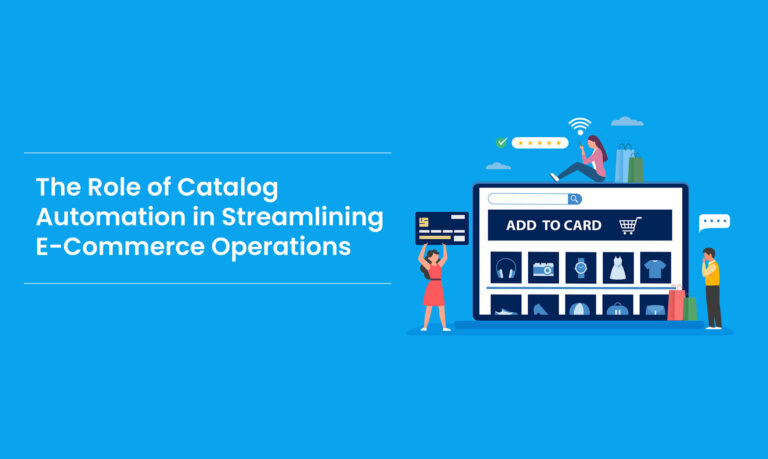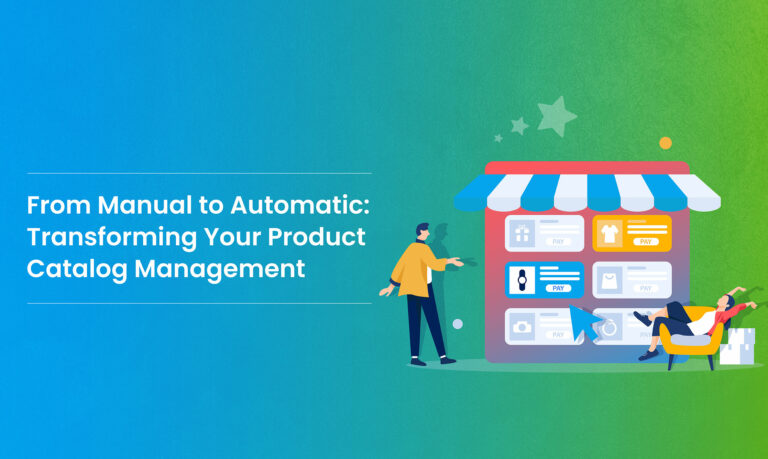Internet retail and eCommerce have given shoppers instant access to expansive product catalogs that meet every need. However, with so many options available, consumers face choice overload. Instead of sifting through endless inventory pages, you opt for simplified, personalized shopping experiences. Consumers and retailers alike are increasingly finding product curation appealing as a result.
Rubick.ai, a professional catalog management service, provides a one-stop platform for creating, editing, checking, managing, analyzing, and publishing all aspects of product information to multiple online and offline locations.
What is Product Curation?
Curating products for specific demographics or niche markets is known as product curation. Product curation uses customer segmentation data and other personalization techniques to increase sales. From website and blog pages to Facebook ads and emails, a seller can display curated products to eCommerce customers in various ways.
Both buyers and sellers benefit from product curation. With curated collections, customers can find products that match all needs, interests, and tastes more quickly than with search algorithms and filters alone. These collections help online retailers showcase product expertise and strengthen brand identity, increasing engagement and conversions.
Grow with Smart Cataloging
With the help of a smart catalog, users can make online purchases quickly and efficiently. eCommerce shopping carts usually work with these software programs. A user-friendly catalog allows the seller to enter product information. Smart catalog ensures enhanced eCommerce product listings. Additionally, it might suggest other products to a buyer, helping the vendor increase sales. Vendors can make efficient catalog updates for enhanced eCommerce performance using smart catalog.
Vendors include all product information, photos, and service descriptions in smart catalog software. Vendors can group the products and services according to categories, purchase histories, or other characteristics. Smart catalog software also stores this information.
Vendors can set rules for how to present this information to consumers. Smart catalogs can be simple programs used by individual sellers on auction-style sites or complicated programs used by large corporations selling thousands of products. Depending on the number of products, the configuration levels may vary.
Boosting Online Sales with Cataloging Solutions
In smart eCommerce cataloging solutions, as a consumer, you can search for specific products you are interested in. The catalog program suggests other items to the consumer after adding this item to the shopping cart. A consumer may click on one of these suggestions to learn more about a suggested product. After reviewing the product information, customers must decide whether to purchase the product.
In addition to reviewing other suggestions from the smart catalog, the user may search for a different product or complete the checkout process. As the vendor configures the product, the catalog continues to provide information to consumers. Some vendors make multiple suggestions, while others may only make one. In this way, a smart catalog will help in boosting online sales through cataloging solutions.
The smart catalog collects the necessary information after the consumer decides to check out. It may collect the consumers’ shipping and billing addresses. Consumers can choose from several payment options based on specific details. The consumer completes the purchase after collecting all the necessary information.
The smart catalog sends the purchasing information to the vendor or system in response to the consumer’s purchase. The vendor uses this information to prepare the purchased products for shipment to the consumer. Payment information is also forwarded by the smart catalog to the appropriate payment authority so that the vendor can receive payment from the consumer.
Conclusion
The process of manually managing a product catalog across eCommerce platforms is time-consuming. Simple tasks such as updating spreadsheets and documents and correcting vast quantities of data require much effort. Rubick.ai integrates smart workflow engines, machine learning, and domain expertise to create a platform that reduces the time and effort needed to build retail catalogs. Through it, all parties can collaborate efficiently on the cloud and can have next-generation experiences in eCommerce catalogs.


